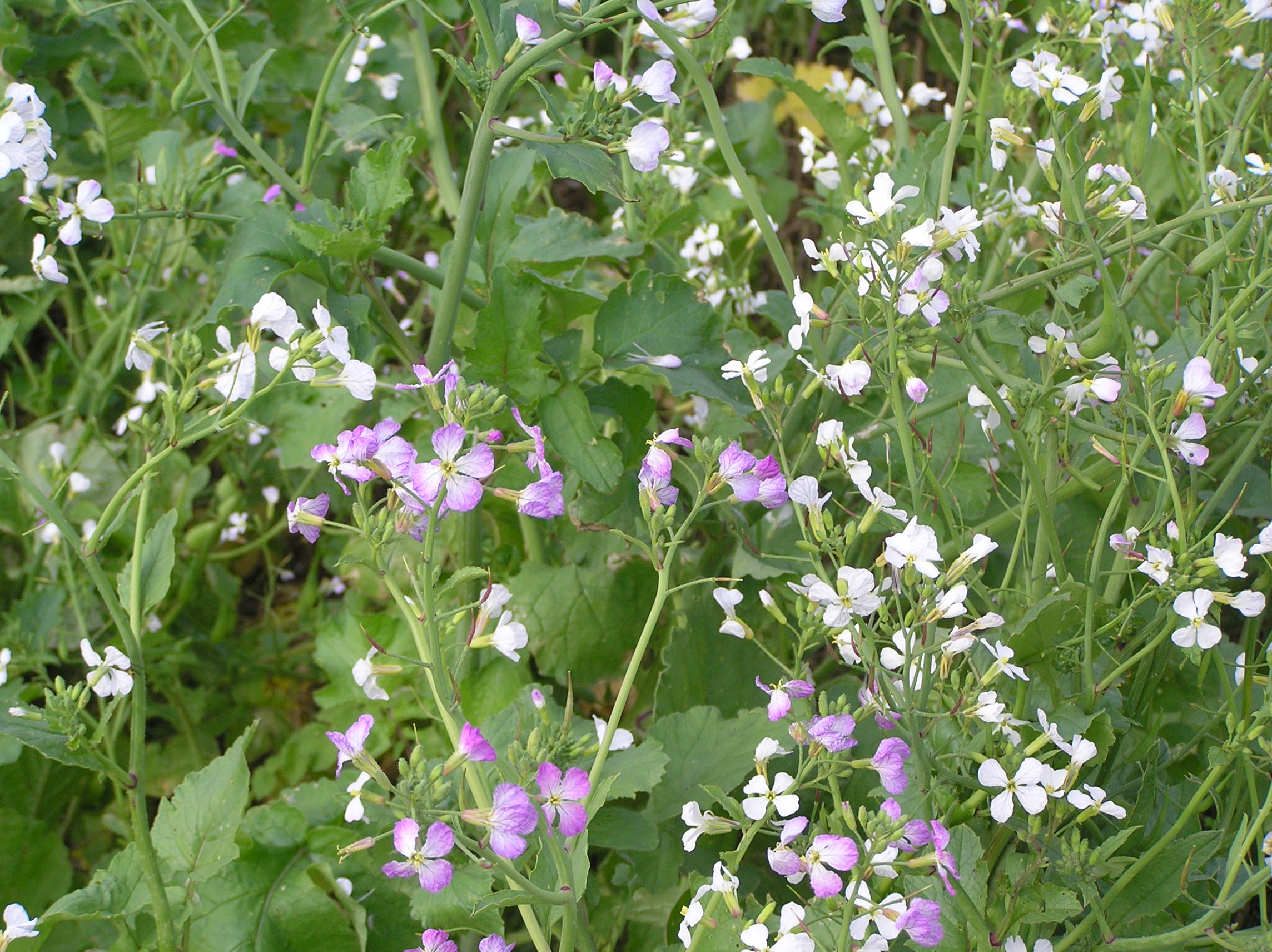Computer model can determine nitrogen mineralisation of catch crops
Reduced nitrate leaching and improved plant nitrogen availability are among the benefits of catch crops. A new model built by researchers from Department of Agroecology can determine the mineralisation of catch crops, and when linked to an agroecosystems model, it allows improved estimated of nitrate leaching and nitrogen supply to following crops.

Catch crops can reduce nitrate leaching and increase the availability of soil nitrogen for the subsequent crop. Much attention has been directed towards the use of catch crops during the autumn/winter season to reduce nitrate leaching. Subsequent mineralisation of catch crop residues can result in an increased nitrogen availability for the cultivation of the next crop. Senior researcher Iris Vogeler along with colleagues from Department of Agroecology at Aarhus University has built a new add-on model to the APSIM model (Agricultural Production Simulator Model), which improves the predictions of the nitrogen release from catch crop residues with different carbon to nitrogen ratios.
“We have tried to quantify the nitrogen that is released from catch crop residues over the autumn period or after ploughing and up to springtime. We wanted to determine, how much of the nitrogen, that has been captured by the catch crops, will be leached during the autumn/winter period, and how much is still available for the subsequent crop,” Iris Vogeler says.
Based on results from previous incubation studies
Incubation studies have shown that the generic approach in the APSIM model underestimates the amount of nitrogen released from the catch crop residues, especially at low temperatures.
“In the current APSIM model, the mineralisation was not able to simulate the actual mineralisation of the catch crops at the low temperatures we have in Denmark during spring. This new Simple Mineralisation Model (SMM) works really well to simulate mineralisation and nitrogen release of the catch crops. We believe that this model can be used to forecast what happens in the soil,” Iris Vogeler says.
The APSIM model linked with the SMM shows a substantially higher prediction accuracy. By combining results of various previous incubation studies, the group of researchers were able to build the new model (SMM) for the turnover rate of the catch crop residues, or in other words the mineralisation at low temperatures and for different carbon to nitrogen ratios of the residues.
Carbon to nitrogen ration
“There is a substantial mineralisation even at low temperatures, and if you have a very low carbon to nitrogen ratio, you can get a lot of leaching during the winter period if the catch crop is terminated early. This shows us that catch crops are not as useful as we thought unless they are sown and ploughed at just the right time,” Iris Vogeler explains.
When the carbon to nitrogen ratio is low, the risk of nitrate leaching can be quite high. The catch crops will still reduce nitrate leaching but it is important to optimise the cultivation of them, also to ensure that they provide nitrogen fertility benefits for the subsequent crops.
“The SMM model enables us to look at environmental effects of mineralisation rates and how that affects leaching in different climates and soil types. Or we can look at different timing of sowing and ploughing, and how it can optimise the nutrient release of the catch crop to ensure that the nitrogen is used by the subsequent crops and that less nitrogen is leached,” Iris Vogeler says.
Behind the research
Collaboration partners: Department of Agroecology at Aarhus University, Plant and Food research at Lincoln Research Centre in New Zealand, and Department of Plant and Environmental Sciences at Copenhagen University. |
Financing: The study contributes to the project SAT-N. It is financially supported by the Ministry of Environment and Food of Denmark under the Green Development and Demonstration Program (GUDP). |
Conflicts of Interest: None |
More information: You can read the full scientific article here: “Estimating nitrogen release from Brassica catch crops residues – Comparison of different approaches within the APSIM model”. It is written by Iris Vogeler, Roderio Cichota, Ingrid K. Thomsen, Sander Bruun, Lars Stoumann Jensen, and Johannes W.M. Pullens. |
Contact: Senior Researcher Iris Vogeler, Department of Agroecology. Email: iris.vogeler@agro.au.dk. Phone: +45 2075 5932. |
